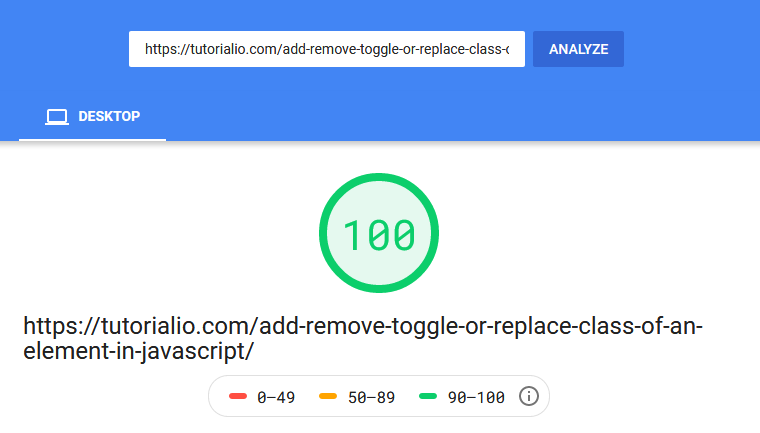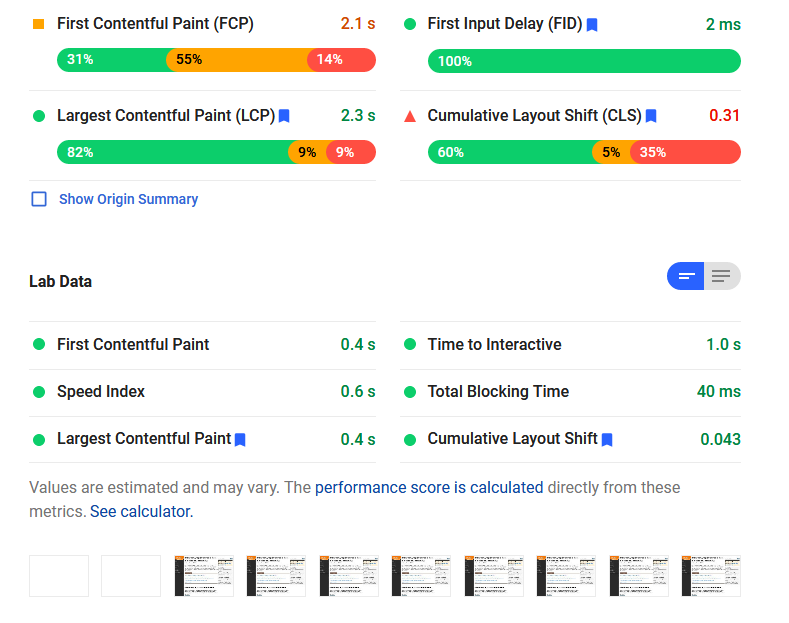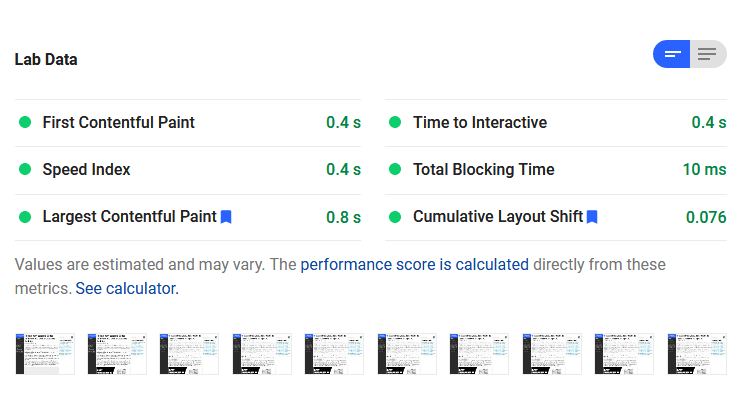How to Create a Website in 2022 — Easy and Complete Guide
What are the best way to create a website?
or
What are the best steps that you can take or tips that you can follow to create a website?
This question can be very confusing for absolute beginners or first timers who have never created a website before.
Creating a website is a straight forward process for people who have been doing it for many years. However, it can be very intimidating for people who have never done anything like this before. I have been one of those people eight years ago.
In this post, I will try to explain the whole process as a step-by-step guide that you can follow quite easily.
If there is any confusion in your mind regarding how to create a website after reading this article, please don’t hesitate to comment. 🙂
I will try to give you the best possible advice based on my own experience.
1. Buy a Domain Name
Buying a domain name is the first step that you should take when thinking about creating a website of your own. I will break it in simpler to help you get started.
First try to come up with a great domain name.
There are close to 2 Billion registered websites. Naturally, it is becoming increasingly hard to get a great domain name.
Here are some tips to help you get started:
- Try to include the main focus keyword in the domain name.
- If including the main keyword in the domain is proves difficult, try to find a short, catchy and unique domain name.
Including the main keyword that your business or website will focus on will give you a slight SEO boost from the get go. However, remember that a domain name by itself is just a small part of a very big process.
I register and manage my domains with namecheap.com. You get free WhoIs protection with them and managing all the domains is also easier.
You can use our domain name generator tool to get ideas for your next domain name.
Here are the steps that I take when choosing a domain name for the website:
- Find one or two main keywords that are easy to spell. I went with “tutorial” for this website. It is very rare for your main keyword to be available.
- If the main keyword domain is not available, check out different variations of that name to see if any of them are available. For me adding “io” after “tutorial” gave me my domain “tutorialio.com”.
- The .com extension is very popular among people so it can be time consuming for you to find the perfect .com domain name. If you are targeting a specific country like Canada or India etc., using country specific domain extension could give you a little boost in search results of that particular country.
2. Find a Decent Web Hosting Service
Once you have a domain name, buy a hosting plan from a reputable hosting provider.
This is very important and also a bit intimidating for complete newbies. When I started out in 2012, I was myself a victim of these “cheap hosting plans” that turn out to be worthless in terms of services and way more expensive in terms of money.
Don’t worry about something like this happening to you. I will help you out. 🙂
Eight years of experience has taught me a lot about different kinds of web hosts and website development in general.
A lot of getting started guides will tell you to avoid shared hosting. Obviously, that is a good advice. Using a VPS will provide you more resources and better security. However, all these perks come a a larger price.
To be honest, not everyone of us has the budget to buy VPS hosting. It is also much better to get quality shared hosting from a dependable source than cheap VPS hosting from a crappy host.
For my own websites, I have used three services. Using one of them will get you the most value out of your money.
- MDD Hosting — They are perfect if you want scalable and yet affordable hosting plans. Some of you might consider them a bit expensive but they are definitely worth it. Read my review of MDD Hosting based on real life usage for more details.
- Veerotech — This one is ideal for people who want websites which won’t require significant scaling up in the future. They also offer great service at a relatively cheaper price. However, if your website gets really big in the future, scalability could be an issue. Read my review of Veerotech based on real life usage.
- Digital Ocean — This hosting provider is for technically oriented people who want full control over their development environment. It goes beyond hosting websites built using PHP or a popular CMS like WordPress.
Both MDD Hosting and Veerotech support LiteSpeed which can supercharge your website with best in class optimizations.
3. Get the Right Hosting Plan
In this section, we will try to answer the question, what is the best hosting plan for you to run your website properly?
The ideal hosting plan for your website will depend on a variety of factors like the amount of traffic and the type of business you are running.
Here are three common scenarios:
- The website has been created from scratch with no use of frameworks or CMS solutions like WordPress, Joomla etc. It also does not do a lot of heavy processing. In this case, getting a hosting plan with 1GB RAM and 1 CPU core could be sufficient in the beginning. You will need to scale up once you start getting traffic.
- The website been built using WordPress etc. In this situation, it would be better to use a hosting plan that offers 2 CPU cores and at least 2GB of RAM.
- The website has been created from scratch or uses WordPress etc. It also does a lot of heavy processing. In this case, it is better to start with 2 CPU cores and at least 2GB of RAM.
There are many other factors that you need to consider when selecting a hosting plan. Don’t hesitate to ask me any questions in comments so that I can help you make the right decision.
I myself use a hosting plan with 2 CPU cores and 4GB of RAM. Having sufficient RAM allows you to work with large files or resource heavy WordPress plugins (for backups etc.).
The amount of RAM and CPU processing power you need will depend on what you intend to do and how your website is set up.
In my case, the website Tutorialio takes about 0.25-0.45 seconds to load a single page. It also consumes about 15-20MB of RAM.
Another website, that I created for one of my clients uses about 90-120MB of RAM and loads in about 1 second. This is an educational website to buy a sell courses.
These timings are for the first page render. After that, successive visits by different users will be served cached version of rendered pages. This also improves the overall speed of the website.
Here is my PageSpeed Insights score for the tutorial on replacing all occurrences of a string in JavaScript.

4. Get the Website Up and Running
Once you have bought a domain name and a hosting plan, you can move on to actual website development.
There are two broad categories for people who are creating a website:
Create a Website for Offline Businesses
You want to improve the online presence of your business. The website will usually contain information about your products and services. You could also provide regular updates to customers about new developments in your company using blog posts. In such cases, the easiest way to create and manage a website is to use a CMS like WordPress.
Some people are reluctant when it comes to using WordPress for their website because the want full control over the look and features offered by the website. Others worry about bloat and performance of the website under heavy load.
You don’t have to worry about that at all. WordPress comes with a lot of flexibility and you can easily use it to build a unique website. In fact, my own website Tutorialio has been built using WordPress. I created the entire theme from scratch and used all sorts of optimizations.
Here are my different loading times and core web vitals score for the same page:

Here are the scores for another website that I manage:

Create a Website to Provide Online Services
These type of websites usually serve a purpose that is completely different from basic customer outreach. Popular examples of these kind of websites would be Facebook and Amazon. Other examples include Meme generating websites.
The core purpose of WordPress is to act as a CMS. There are also a large variety of plugins available to expand the core functionality by adding support for eCommerce and forums etc.
For websites that go beyond basic content management, doing everything from scratch is a better solution in the long term. If you expect that your website will be getting a lot of traffic, the focus should be on using frameworks that can work well under heavy load.
5. Updating and Improving the Website
All kinds of websites usually require at least a little bit of upkeep. This could include things like adding new features to the website, improving its performance or adding new content.
Markets and customer preferences are constantly evolving. The only way to make sure that you and your businesses do not fall behind is by constantly working to update your website.
Final Thoughts
I have tried to provide you a brief step by step guide on how to create your own website. Going over each of these steps in full detail will require a tutorial of their own. That’s why I have linked to different tutorials under each subsection to help you find more information wherever necessary.
Please fell free to ask any questions that you have regarding the whole process in the comments below.
Rate this post —
